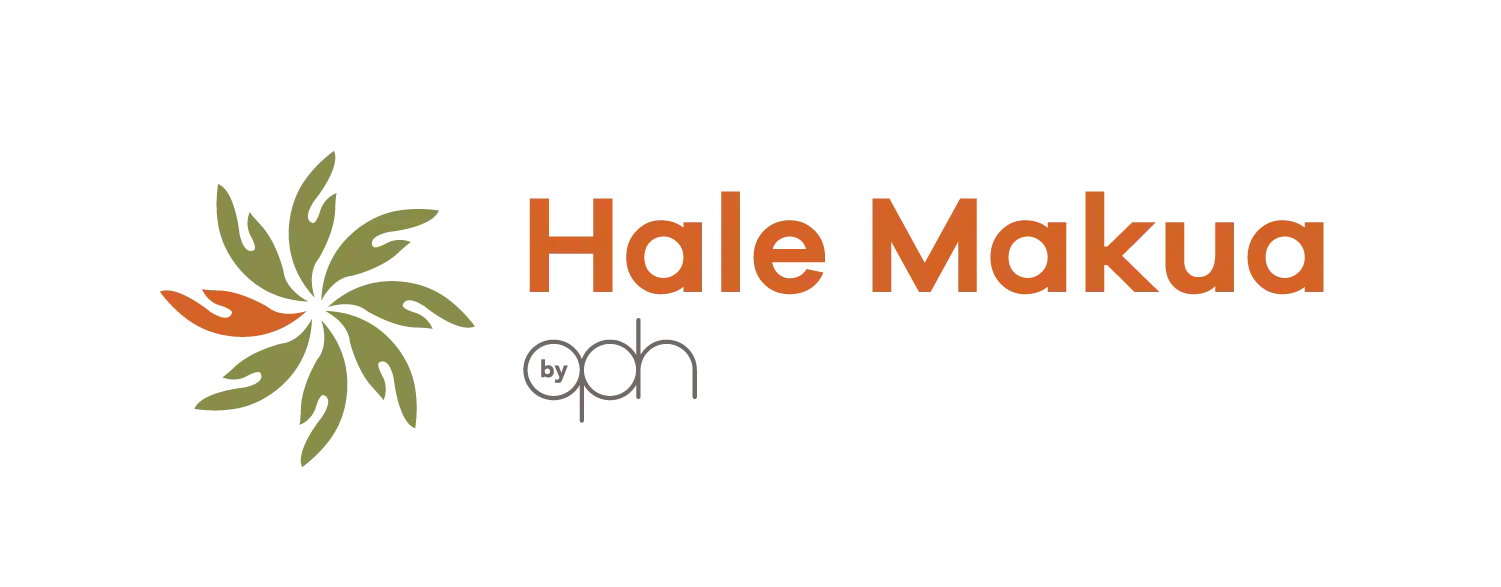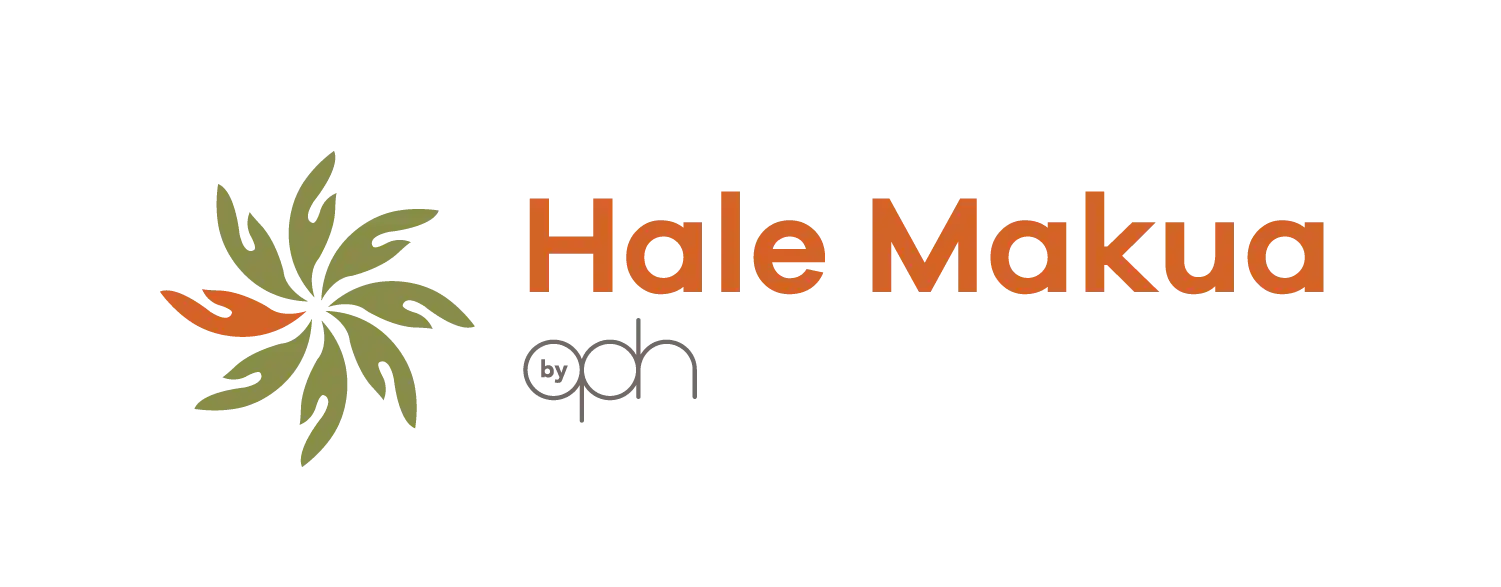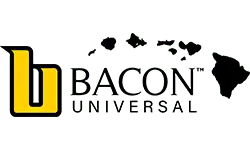Kennedy recounts recent visit to Lahaina in aftermath of wildfire

Independent presidential candidate Robert F. Kennedy, Jr. today released a video documenting his visit to Lahaina, where he went to see firsthand the devastation from the wildfire that destroyed much of the historic town six months ago. The wildfire claimed the lives of more than 100 people, becoming the deadliest US fire in the past century.
“I visited Lahaina last month and saw the tragic reality up close: the Maui wildfire’s cascading environmental impacts and toxic aftermath will likely last for years,” Kennedy said in a news release.
He reflected upon hazardous debris, chemicals, and undrinkable water that he witnessed during his visit. He fears that the debris is “wreaking havoc on Lahaina’s residents, farmland, and groundwater, and risks poisoning the local reef.”
Kennedy surveyed the site of last summer’s wildfire with two long-time residents—Eddy Garcia and Janet Spriter—who weighed in on the federal government’s response.

Garcia, a regenerative farmer in Maui, took Kennedy to ground zero to see the burned-out homes, automobiles, appliances, PVC pipes and other debris. He explained how the fire was an inferno that quickly burned through the town. He expressed concern about leaching of PCBs, furan, and dioxins from half-burned PVC pipes and AC units into the soil and water.
Garcia expressed frustration with spending priorities saying, “You’re going to give billions to other countries but squabble over a few million to help a town that lost everything?”
Garcia then pointed out 300,000 gallons of fresh water from a local spring that had been captured in an underground parking garage during the disaster. He worried that the contaminated water would end up in the ocean.
Kennedy also met local homeowner and artist Janet Spriter, who lost everything in the fire. She showed him the ruins of her property.
“This unprecedented disaster has diminished everybody in our country because Lahaina was such a jewel,” Kennedy said. “I used to come to this town and it was such a magical spot in the world. It was unique—the roots, the history, and the culture of these extraordinary islands and extraordinary people. It was all taken away because of mismanagement, and because of corporate control of the landscapes by the big agricultural industry that rerouted the water and dried up this lush, verdant area.”
Wildfire experts have said that an underlying cause of the Lahaina fire was the legacy of land clearing by big agricultural interests that took place over the last two centuries. The transformation of native Hawaiian ecosystems to non-native grasslands made the land more susceptible to wildfires.
Kennedy outlined his vision for federal wildfire management and emergency-response in communities at risk saying his policies will do the following:
- stop big corporate interests from abusing landscapes and making them more susceptible to fire
- unravel corporate capture in the five federal agencies responsible for wildland fire management — USDA’s Forest Service, Department of the Interior’s Bureau of Indian Affairs, Bureau of Land Management, Fish and Wildlife Service, and National Park Service
- restore and regenerate degraded lands
- maintain ecologically healthy, resilient, and fire-resistant forests and grasslands
- protect the nation’s remaining old-growth forests and revamp forest management
- keep combustible materials at manageable levels using controlled burns and other methods
- utilize fuel breaks and manage potential wildfire fuels in wildland-urban interfaces (places where homes and infrastructure come into contact with wildlands)
- create community fire resilience zones in at-risk urban areas
- clean up toxic chemicals released by materials burned in urban fires
- establish better wildfire emergency response protocols
- provide more support for wildfire victims







_(1)_1750878889339.webp)
